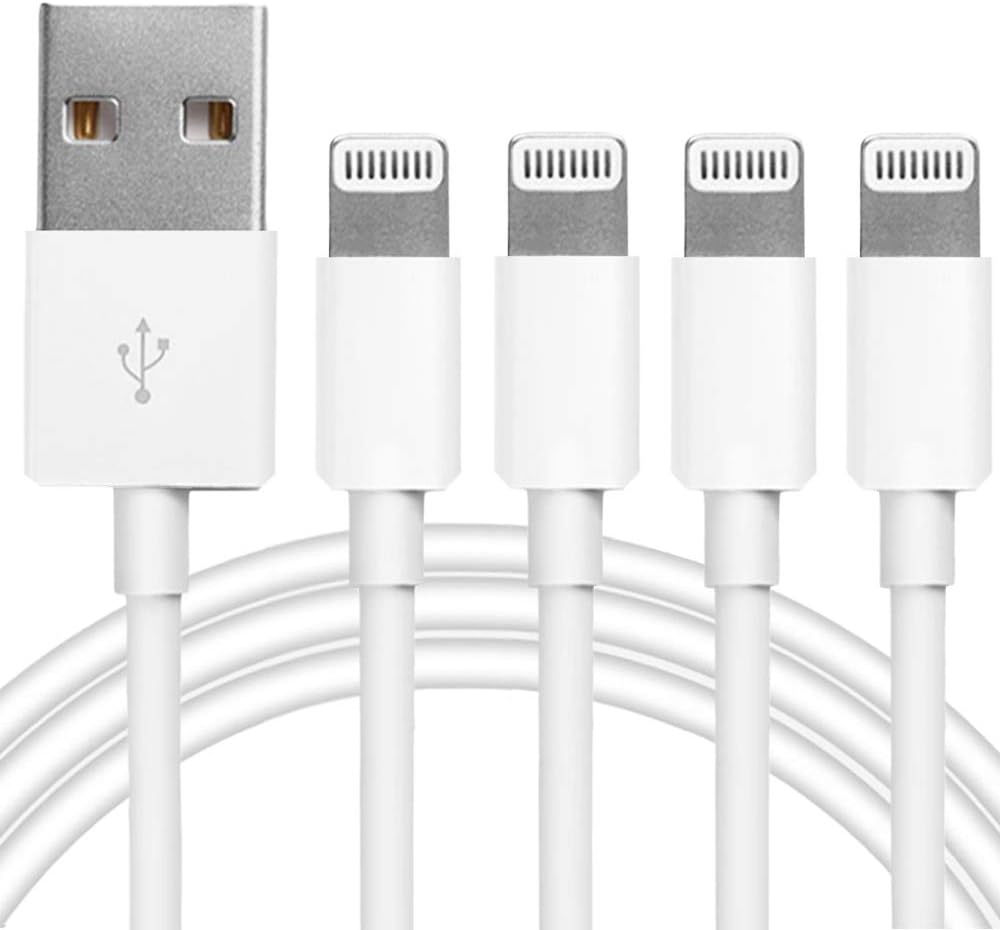The Future of USB-C: Trends and Innovations Shaping Its Evolution
Introduction
USB-C (USB Type-C) has become the universal standard for connectivity, power delivery, and data transfer across a wide range of devices—from smartphones and laptops to gaming consoles and peripherals. Since its introduction in 2014, USB-C has evolved significantly, offering faster speeds, higher power delivery, and greater versatility. As we look ahead, several key trends and technological advancements will shape the future of USB-C, ensuring its dominance in the digital ecosystem.
1. Faster Data Transfer: USB4 and Beyond
One of the most significant developments in USB-C is the adoption of USB4, which builds upon Thunderbolt 3 technology. USB4 v2.0, announced in 2022, doubles the maximum data transfer rate to 80 Gbps (and up to 120 Gbps in asymmetric mode). This leap forward enables:
- Ultra-high-speed external storage (NVMe SSDs at full speed)
- Seamless 8K video streaming with DisplayPort 2.1 support
- Improved docking stations for multi-monitor setups
Future iterations may push speeds beyond 120 Gbps, making USB-C a viable alternative to internal PCIe connections.
2. Power Delivery (PD) Evolution: Up to 240W
The USB Power Delivery (USB-PD) 3.1 standard has expanded USB-C’s power capabilities to 240W, enabling:
- Single-cable charging for high-performance laptops (replacing bulky power bricks)
- Fast charging for electric vehicles (EVs) and IoT devices
- Universal charging ecosystems (one charger for phones, tablets, and laptops)
Future PD standards may introduce smart power management, optimizing energy consumption across devices.
3. The Rise of USB-C in Consumer Electronics
Regulatory changes and consumer demand are accelerating USB-C adoption:
- EU’s Common Charger Directive (2024) mandates USB-C for all portable devices, reducing e-waste.
- Apple’s transition to USB-C (iPhone 15, iPads, MacBooks) solidifies its dominance.
- Gaming consoles and peripherals (e.g., PlayStation 5, Xbox controllers) are adopting USB-C for charging and data.
By 2030, micro-USB and Lightning ports may become obsolete, with USB-C as the sole universal connector.
4. USB-C in Automotive and IoT
USB-C is expanding beyond consumer tech:
- In-car infotainment systems (for charging, data, and video output)
- Industrial IoT devices (reliable, high-speed connectivity for sensors and automation)
- Medical devices (secure data transfer and power in portable equipment)
Future automotive applications may include vehicle-to-device (V2D) charging, where EVs can power gadgets via USB-C.
5. Security and Authentication Enhancements
As USB-C becomes ubiquitous, security concerns grow. Future developments may include:
- Hardware-based authentication (preventing malicious USB devices)
- Encrypted data transfer (for enterprise and government use)
- Tamper-proof power delivery (protecting against overvoltage attacks)
6. The Convergence of USB-C with Wireless Technologies
While USB-C dominates wired connections, wireless alternatives (e.g., Wi-Fi 7, ultra-wideband) are emerging. However, USB-C will likely coexist with wireless tech, serving as:
- A fallback for high-speed transfers (when wireless is unreliable)
- A charging standard (until wireless charging matches wired efficiency)
Conclusion: USB-C as the Universal Port of the Future
USB-C’s versatility, speed, and power capabilities ensure its continued dominance in the next decade. With advancements in data transfer (USB4 v2.0), power delivery (240W), and regulatory support, USB-C is poised to become the single connectivity standard across all industries.
As technology evolves, USB-C will adapt—integrating with AI, IoT, and next-gen computing while maintaining backward compatibility. The future of USB-C isn’t just about faster cables; it’s about a unified digital ecosystem where one port does it all.

